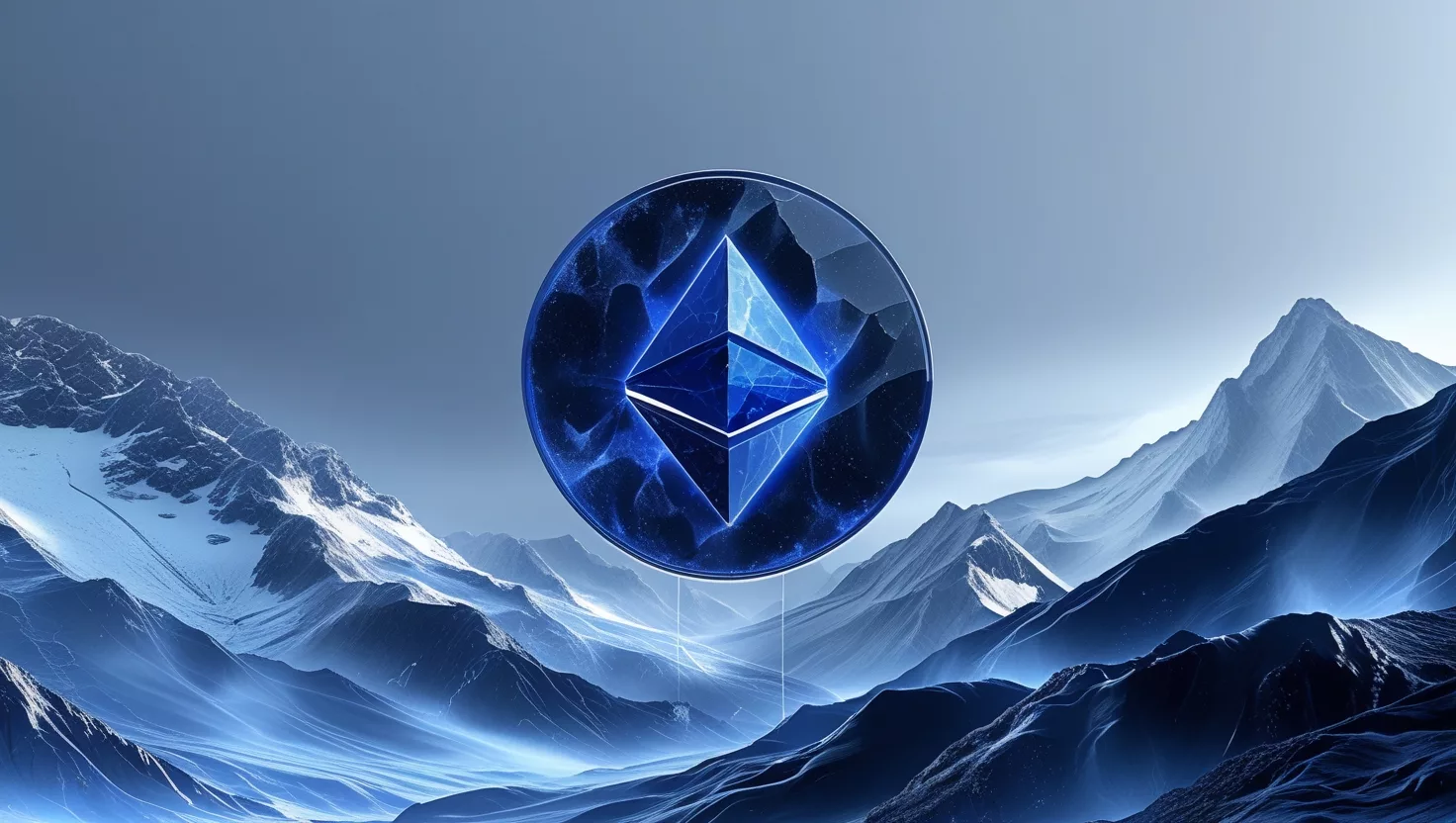
Cardano’s ADA Included in U.S. Digital Asset Stockpile
On March 2, 2025, U.S. President Donald Trump announced the inclusion of Cardano’s ADA token in the U.S. strategic crypto reserve, known as the Digital Asset Stockpile (DAS). This development, formalized through an executive order on March 6, places ADA alongside other cryptocurrencies like Bitcoin, Ethereum, Solana, and Ripple (XRP) under the management of the U.S. Treasury. The Digital Asset Stockpile is a government-managed reserve designed to hold various cryptocurrencies, primarily obtained through forfeiture proceedings from criminal or civil cases. For PBG users, who rely on ADA to interact with decentralized vault portfolios (DVPs) on the Cardano blockchain, this update reflects the growing recognition of Cardano’s ecosystem within global financial frameworks.
The inclusion of ADA in the DAS occurs amidst a dynamic cryptocurrency market. On March 19, 2025, the Federal Open Market Committee (FOMC) meeting is anticipated to influence market conditions. Cardano’s role in this landscape is notable, as its proof-of-stake consensus mechanism and focus on scalability have positioned it as a key player in decentralized finance (DeFi), particularly for platforms like PBG that operate on its blockchain.
Impact on PBG and Cardano’s Role in DeFi
PBG leverages the Cardano blockchain to enable users to mint and manage PBG Tokens, which represent shares in decentralized vault portfolios. ADA, as Cardano’s native cryptocurrency, is essential for these transactions, covering fees and facilitating deposits into DVPs. The inclusion of ADA in the U.S. Digital Asset Stockpile aligns with Cardano’s established infrastructure, launched in 2017, as one of the earliest smart contract platforms. Cardano’s design emphasizes sustainability and scalability, using a layered architecture that separates the settlement layer (for transactions) from the computation layer (for smart contracts). This structure supports efficient processing, which is critical for DeFi applications like PBG that require reliable and cost-effective transactions.
Cardano’s ecosystem is also evolving with ongoing projects that could benefit PBG users. For instance, Atrium Lab is exploring native compatibility with Bitcoin through the eUTXO system, aiming to create new frameworks for DeFi interactions between Bitcoin and Cardano. This initiative could increase activity on the Cardano blockchain, potentially supporting more robust DeFi applications. Additionally, Cardano has implemented upgrades like the Chang hard fork, completed in 2024, which introduced decentralized governance, allowing the community to participate in the blockchain’s development. These advancements strengthen Cardano’s position as a foundation for platforms like PBG, which depend on a stable and scalable blockchain.

Broader Context and Future Implications
The broader cryptocurrency market is experiencing varied trends, as reported by FX Leaders on March 19, 2025. The market’s attention to the Federal Reserve’s policy announcement underscores the connection between traditional finance and cryptocurrency ecosystems. Cardano operates within this landscape, characterized by its capped supply and decentralized structure, which aligns with its inclusion in the DAS. Posts on X reflect diverse perspectives, with some users noting ADA’s network activity and staking mechanisms, while others view its inclusion as a development in its ongoing role within the crypto space.
For PBG users, this development emphasizes ADA’s role within the Cardano ecosystem. Cardano’s recognition in the U.S. reserve aligns with its established presence, potentially supporting the infrastructure for PBG’s DVPs as the blockchain continues to be utilized in DeFi applications. The U.S. government’s decision reflects the increasing integration of cryptocurrencies into traditional financial systems, which may contribute to the broader use of platforms like PBG that operate in this domain.
Conclusion
The inclusion of Cardano’s ADA in the U.S. Digital Asset Stockpile marks a significant milestone for the Cardano blockchain, on which PBG operates. This development reflects the increasing relevance of Cardano in the DeFi space, potentially benefiting platforms like PBG that rely on ADA for minting and managing decentralized vault portfolios. As Cardano continues to evolve with projects like Atrium Lab and governance upgrades, PBG users can expect a more robust ecosystem for their DeFi activities. For more information on using ADA with PBG, explore our guide on How to Mint PBG Token.
Source: FXLeaders y CoinTelegraph .

